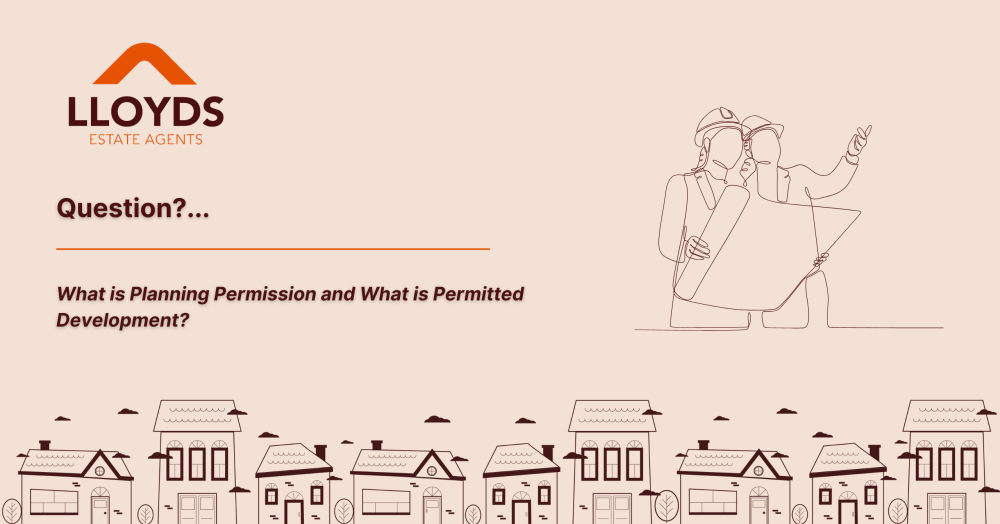If you're considering buying a property with the intention of extending it, it's crucial to understand the planning regulations that could affect your plans. Whether you're adding a loft conversion, rear extension, or even a conservatory, the rules surrounding property extensions vary based on factors such as size, location, and type of property.
Understanding Planning Permission and Permitted Development for Property Extensions
If you're considering buying a property with the intention of extending it, it's crucial to understand the planning regulations that could affect your plans. Whether you're adding a loft conversion, rear extension, or even a conservatory, the rules surrounding property extensions vary based on factors such as size, location, and the type of property.
What is Planning Permission?
Planning permission is formal approval from your local council that allows you to make specific changes to a property. If a project doesn’t fall under permitted development rights (explained below), you’ll need to apply for planning permission before starting work. Failing to do so can result in enforcement action requiring you to undo the work.
When considering a planning application, local councils assess factors such as:
- The impact on neighbouring properties (e.g., privacy, overshadowing)
- The character of the area
- Environmental considerations
- Compliance with national and local planning policies
The process can take up to eight weeks, and if denied, you may have the right to appeal.
What is Permitted Development?
Permitted Development Rights (PDR) allow homeowners to carry out certain types of work without requiring full planning permission. However, there are restrictions, particularly for properties in conservation areas, listed buildings, and flats.
Under permitted development, you may be able to:
- Extend a detached house by up to 8m to the rear (single-story) or 4m (double-story) if not on designated land.
- For a semi-detached house extension under permitted development, you can extend up to 3 meters from the rear wall without needing planning permission, or up to 6 meters with prior approval, provided you meet certain conditions like being single-story and not exceeding certain heights
- For a mid-terraced house extension, you can typically extend up to 3 meters under permitted development rights, provided it's a single-story, doesn't exceed 50% of the original house's footprint, and meets other specific height and boundary restrictions.
- Add a side extension, provided it doesn’t exceed half the width of the original house.
- Convert a loft, as long as it doesn’t extend beyond 40 cubic meters for terraced houses or 50 cubic meters for detached and semi-detached houses.
- Install a single-story rear extension that doesn’t exceed 4m in height.
Restrictions on Permitted Development
Certain limitations apply, including:
- Extensions cannot be higher than the existing roof.
- Materials must match the existing property.
- Extensions forward of the main elevation (facing the road) require planning permission.
- Double-story extensions must be at least 7m from the rear boundary.
Special Considerations
Conservation Areas & Listed Buildings – Additional restrictions apply in heritage areas, and full planning permission is typically required.
Article 4 Directions – Some councils impose additional restrictions that remove permitted development rights.
Building Regulations – Even if your extension is allowed under PDR, it still needs to comply with building regulations covering structure, insulation, fire safety, and drainage.
Applying for Lawful Development Certificates
To ensure your extension qualifies under permitted development, you can apply for a Lawful Development Certificate (LDC) from the local council. While not mandatory, it provides official confirmation that your project meets the legal requirements and can be useful when selling the property in the future.
Conclusion
Understanding the rules around planning permission and permitted development is essential when buying a property with the intention to extend. Before committing, check with your local authority and consult a professional to ensure your plans align with the regulations. This will help you avoid costly mistakes and ensure a smooth extension process.
